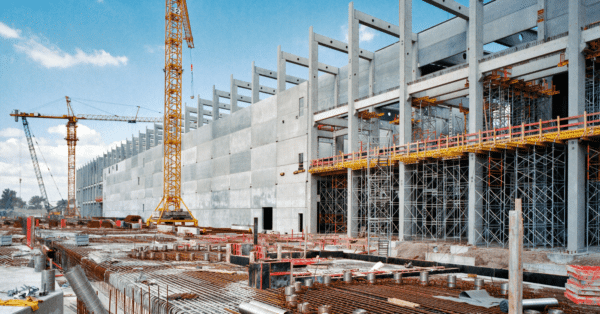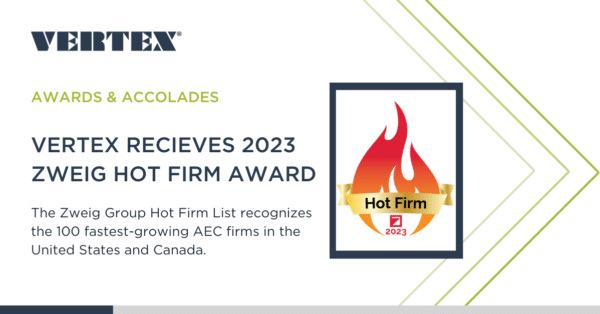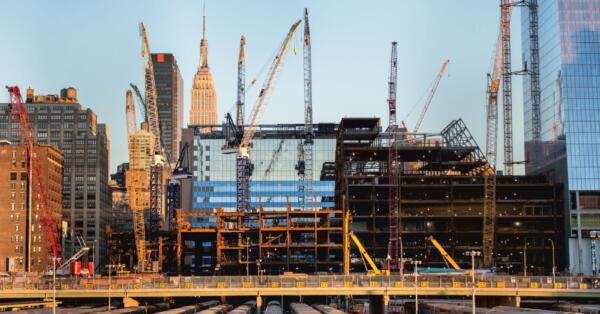At the core of most construction-related lawsuits is the plaintiff’s burden to establish the failure of the defendant to exercise reasonable care, resulting in actual damages to a person or entity that the defendant owed a duty of care.
Standard of Care is generally defined as what a reasonably prudent practitioner would have done in a similar time and place. So, for experts in construction-related litigation, a common assignment is to opine on whether a project participant, such as an architect, engineer, general contractor, construction manager (CM), or sub-contractor, fell below the Standard of Care.
There are numerous measures for the expert witness to consider when establishing Standard of Care, including the contract requirements, statutory requirements, industry standards, the expert’s own industry knowledge, as well as the parties’ history of working together, to name just a few. The expert will create a Standard of Care “yardstick” based on this cumulative information, which is then used to measure the project participant’s performance to determine if it led to damages.
While much is left to interpretation by various experts, the process is fairly straightforward when the project participant’s role is well-defined and well-established by precedence. For example, there is a common basis of knowledge shaped by many years of history and recognized standards that define the difference in the roles of the architect and the general contractor. Similarly, the distinct roles and responsibilities of the general contractor and sub-contractors are also fairly well-defined and consistent from one project to another. It’s a different story with CMs.
The Challenge with CM Standard of Care
Unlike a contractor or architect, the role of the CM is more nebulous, thereby making the Standard of Care far more complicated to evaluate. Basically, the CM role falls into two categories:
- CM as Adviser (CMa)—The CM is an advisor to the owner or an owner representative, compensated by an hourly or monthly fee or as a percent of project cost.
- CM At Risk (CMAR)—CM compensation is at risk to a certain extent and tied to project performance—usually to the project budget, schedule or both.
Either of these CM models can be used with various delivery methods, including:
- With a General Contractor—The CM administers the general contractor contract, which could be a stipulated sum, cost plus or negotiated guaranteed maximum price contract.
- CM Multi-Prime—All trade contractors are contracted directly to the Owner and the CM coordinates and administers the trade contracts.
- CM as Constructor (CMc)—The roles of the CM and the contractor are merged and assigned to one entity. The CMc may or may not give a guaranteed maximum price.
Beyond the various delivery methods, there can also be aspects of the project—or the entire project—that are Design/Build, Design/Bid/Build, or negotiated guaranteed maximum price.
As you can see, there are many variations of the CM role and function, driven by the specific project delivery strategy, as well as the extent of CM involvement in the project. This can span from a CMa that is contracted to simply make a monthly job visit, attend a team meeting, review a pay request and advise on change orders, all the way to a CMc that has nearly complete control over the construction project, including all means and methods.
There are also several industry-standard contract forms, including agreements developed by the Construction Management Association of America (CMAA), American Institute of Architects (AIA) and Associated General Contractors (AGC), as well as custom “designer” agreements that are commonly used to contract CM services.
Given all these infinite variables, is there a Standard of Care that defines what a reasonably prudent CM would—or should—have done in a similar time and place?
Answer: It’s complicated.
In California, general contractors and sub-contractors are licensed by the California State License Board and regulated by the Business and Professions Code. The architect is licensed by the California Architect’s Board and regulated by the Architects Practice Act. Most states have similar licensing and regulatory standards. The licensing and regulation of architects and contractors go a long way to establish their respective Standards of Care. However, the Standard of Care for a CM is much less defined and codified.
In order to establish Standard of Care for a CM, a highly knowledgeable and experienced CM expert must undertake a detailed review of the specific contract for services, review the project documentation, and fully understand the interplay and evolution of the roles and responsibilities of the parties throughout the project. A strong personal background in construction management is essential to properly understand the nuances of the CM role on the project and provide an authoritative opinion on Standard of Care.
When handling a complex claim involving a construction management aspect, it becomes all the more important to engage a qualified CM expert early on. In our decades of experience, this approach provides a strong advantage when it comes to evaluating exposure and risks and developing a winning strategy in the discovery process.
To learn more about VERTEX’s Expert Witness Services or to find the right expert witness for your case, call 888.298.5162 or submit an inquiry.
This article was originally published by Xpera Group which is now part of The Vertex Companies, LLC.










